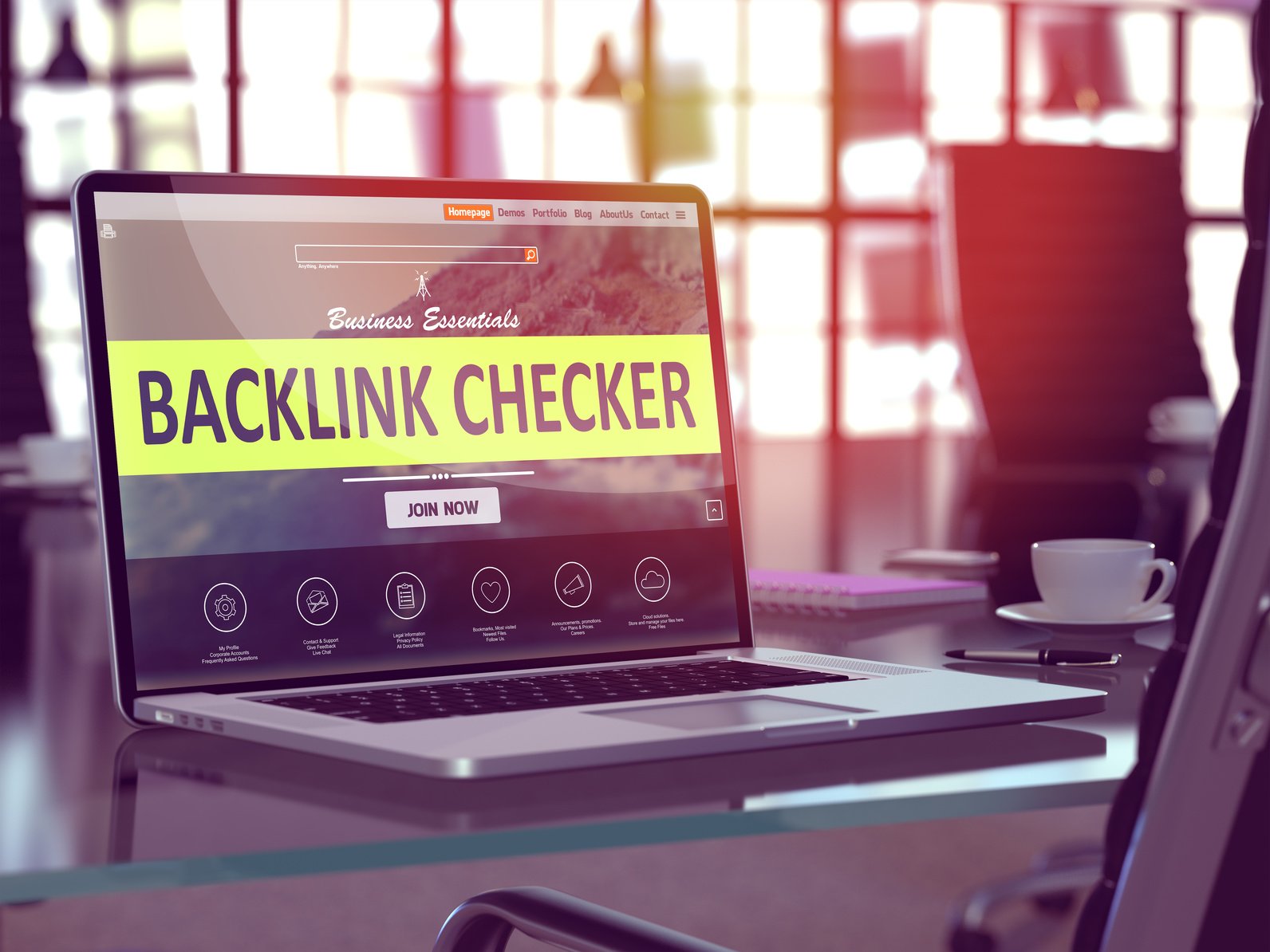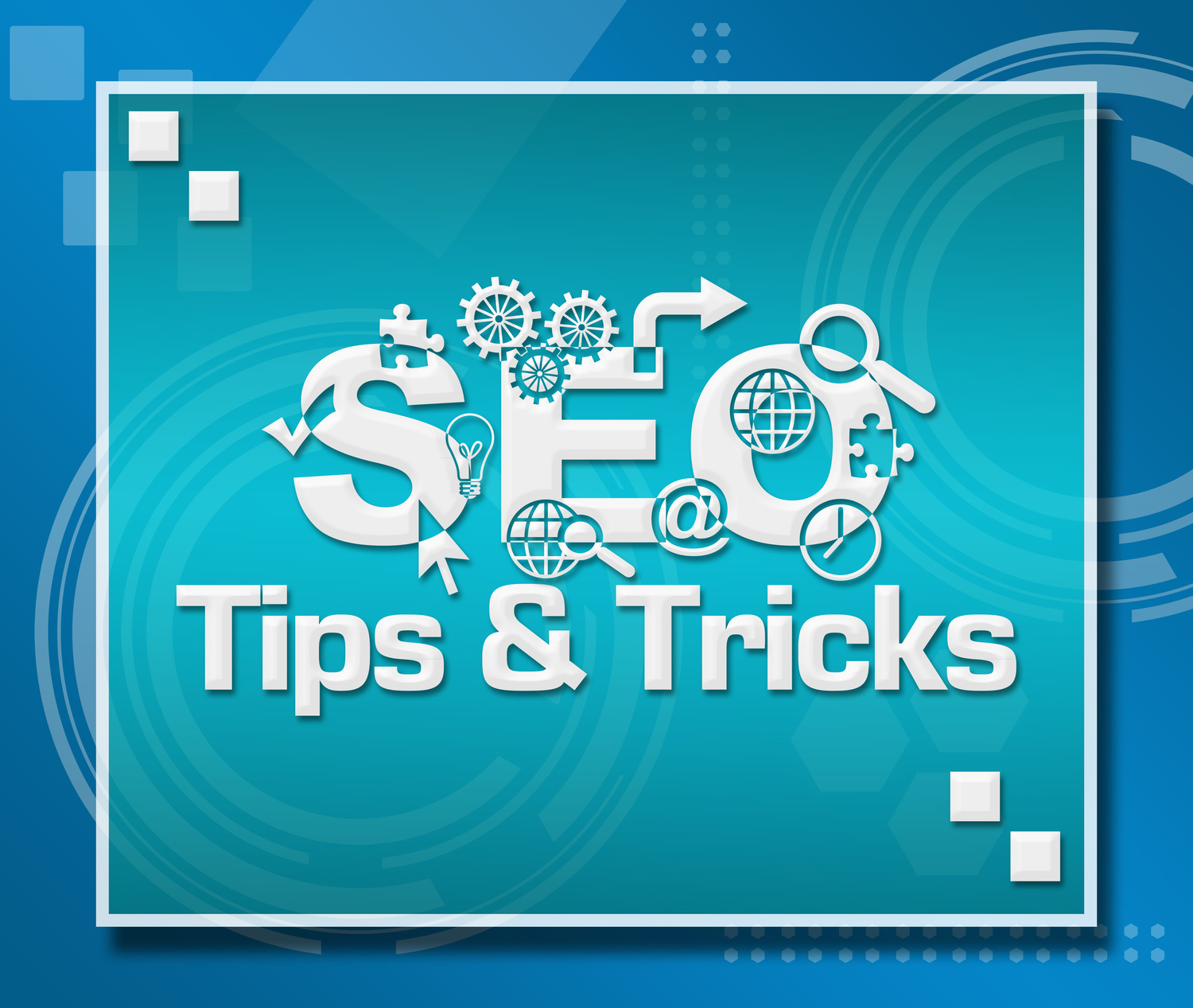Link building is the combination of a couple of different skills: sales, programming, content creation, and marketing to make people link back to your site.
For Google, backlinks are one of their top three ranking signals.
Why are links so important? Through links, engines not only analyze the popular websites based on the number of popular pages linking to them, but they can also analyze metrics like spam, authority, and trust. Reliable sites link to other trusted websites. And spammy sites receive almost no links from reputable sites.
Through links, engines not only analyze the popular websites based on the number of popular pages linking to them, but they can also analyze metrics like spam, authority, and trust. Reliable sites link to other trusted websites. And spammy sites receive almost no links from reputable sites.
Thus Google now focuses on link quality rather than quantity.
We know this might sound overwhelming, but it’s not hard to become a link building expert. We will teach you everything you need to build quality links.
Are you ready? Let’s dive in!
6 Tips on How to Become Link Building Expert
When building backlinks, the following two things may happen: you can build high-quality links which enable you to sit back and watch your traffic skyrocket or it can do nothing due to poor backlinking strategy. Google might penalize your site because of low-quality links.
1. Understand What Competitors are Doing
Step one in the process on becoming a link building expert is to know what works for others. If you want to compete with the sites that rank high on search engines, you will have to play the same game.
There are platforms that enable you to search several websites and see which backlinks they have in common. If several have an inbound link from a specific site, then it’s a reliable source for your industry.
2. Create Business Relationships
After you determine sites you want to target, start building relationships with influential companies.
No one likes spam and people typically ignore requests from people they don’t know. To get noticed, you need to be involved in their communities.
Every enterprise has a contact information you can easily find on their website. Start a conversation by introducing yourself and providing valuable information to its staff. It’s more likely that you’ll get noticed when you offer something useful rather than a simple cold pitch.
3. Try Guest Posting on Relevant Sites
Writing guest posts on related sites is the best way to become a subject expert.
Before pitching to the website editor, understand the voice and tone of the publication. Read the submission guidelines and come up with a topic that fits within it.
To utilize guest posting as a link building SEO strategy, include links in the content under different anchor text. This will show Google that your site is a relevant source for the keywords related to the subject.
4. Comment on Other Relevant Blogs
Commenting on blogs is often perceived as spammy. But it doesn’t have to be. Generally speaking, comments are a great way to promote content and build out a natural link profile.
However, it becomes spam if you start to automate, outsource, or even comment on spammy sites.
To avoid all this, you need to find a high-quality blog in your niche. Researching can be time-consuming, plus not all blogs have commenting enabled.
What to do instead? Becoming a link building expert involves doing an in-depth search via Google and use search operators. Here is an example:
Imagine you want to promote your eCommerce accessories store. You would want to enter following search terms and operators:
- spring fashion trends “submit comment.”
- spring accessory trends “comment.”
This way of searching on Google gives you blogs based on the keyword and those who have comments enabled on the sites.
Afterward, you need to check the authority of those blogs at Ahrefs or a similar site.
Once you identify blogs that are worth your time, go ahead and drop a link in the comment section of their blog.
Get Your Comment Approved
Almost all the blogs have comment moderator enabled on their pages. This means that the owner has to approve your comment before it goes public on their website.
Don’t just drop the link and say nothing. This won’t get you anywhere. Instead fill out all the fields required to submit a comment: your name, email address, website (you can skip it since you already include a link) and a positive remark.
Read the post and pick one point that’s most relevant to the link you are adding and elaborate on it.
If your comment gets an attention of the owner, they might even share it on their social media networks too. Not only you got your comment approved on an authority blog, but also got exposure on a different platform.
Bottom line? One simple, thoughtful comment might set off a chain reaction resulting in more traffic on our site and more engagement on your social media.
5. Look for the Dead Links
It’s very frustrating when you click on a link and all you get is the “page not found” notification. However, a link building expert can turn someone else’s failure into their benefit.
When you find a broken link, contact the editor of the publication and point out the issue along with offering an alternative link to your page.
To succeed, you might want to explain why that broken link is hurting their web traffic and how your content will help their readers.
6. Utilize Social Media
Social media continues to gain more significance for determining search results. Obtaining backlinks on social media shows search engines that your content is reliable and actively shared by individuals.
You need to have social-media sharing buttons enabled on every page of the website possible. Having a user-friendly website helps the reader to navigate and share the content easily.
When Google notices that a page is resonating on social media platforms, it indexes the page and sends to search quality rankers to determine why. This is how pages rank on the first page of Google.
As you can see, backlinks are an essential part of growing your online presence and prooving Google that your website is authoritative.
It inevitably requires some time and commitment, but it’s not hard to master. Do you still have any questions regarding link building? Feel free to contact us with your inquiries.











